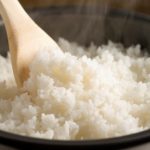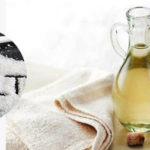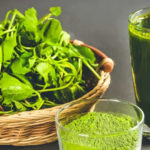To keep your house clean, many people have equipped themselves with a “weapon” consisting of sprays and various cleaning agents. However, if you want to replace chemicals with natural, environmentally-friendly solutions, the ingredients are readily available in your own kitchen.
We’ve all heard of using lemon juice, vinegar, and baking soda to disinfect surfaces, remove grease and dirt, but there are lesser-known methods that are equally effective.
The Washington Post discussed these tips with cleaning experts such as Jill Koch of the blog Jill Comes Clean and Caroline Solomon from New York.

Bread
Bread is very absorbent and can be used to soak up any spills on your countertop. According to expert Jim Koch, bread can absorb oil, sauce, alcohol, and most liquids. Similarly, Country Living magazine states that the gluten in bread acts as a natural dirt magnet. For stains on walls, cabinets, and frames, a slice of white or whole grain bread can act as a natural eraser. Simply take a slice of bread, roll it into a ball, and use it to rub the stain. However, be careful not to rub too hard as it may leave crumbs.
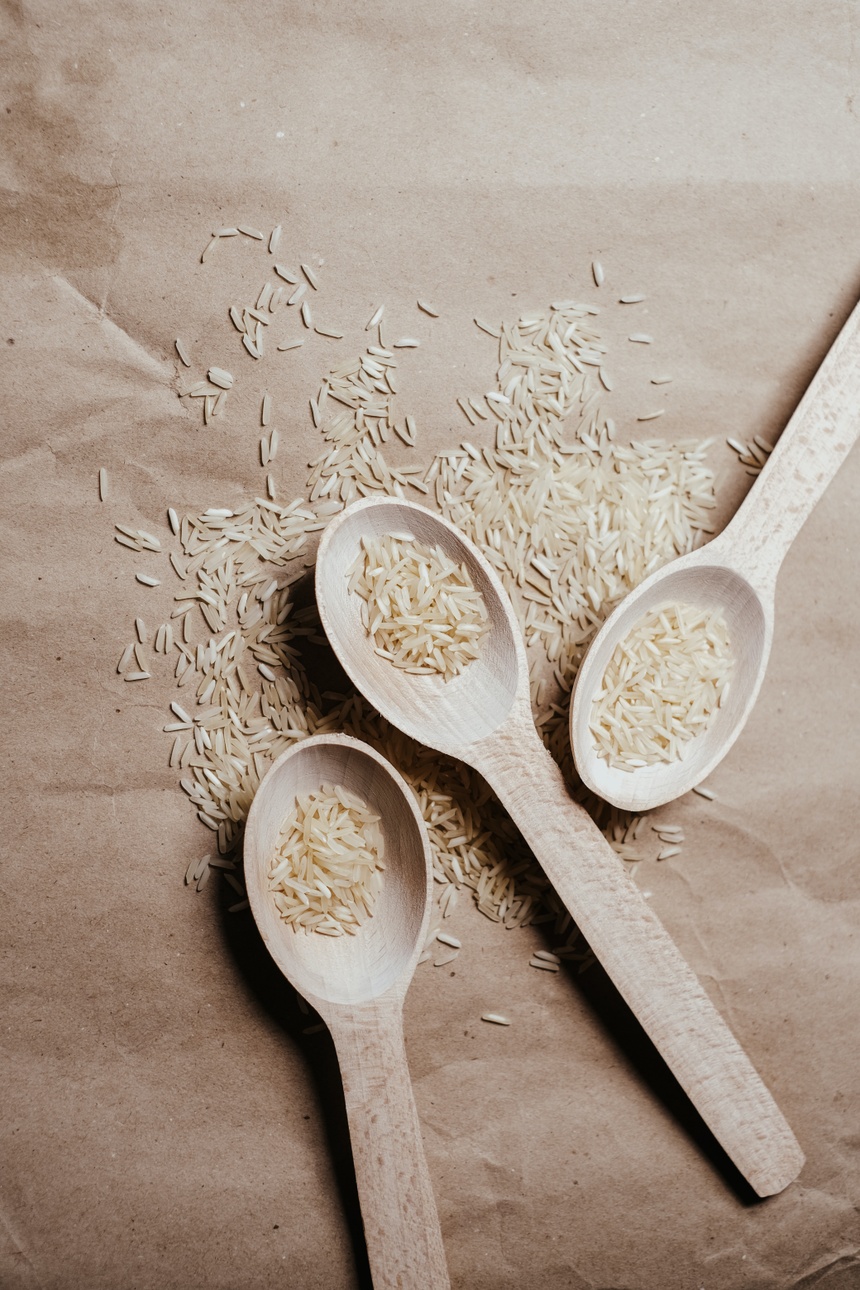
Rice
White rice, rich in starch, is an ideal ingredient for cleaning residual oils and coffee grounds in a coffee grinder. Before grinding fresh coffee beans, pour some rice into the grinder to cover the blades and turn it on for about a minute. Then, pour out the ground rice and wipe away any excess with a damp cloth. If you don’t have rice, you can use bread as a substitute.
Koch also suggests pouring a small amount, about 1/8 to 1/4 cup of rice, into a container, and adding a few drops of dish soap and some water. After shaking the mixture for a minute, you can rinse it off with water.

Mayonnaise
Koch suggests using mayonnaise to remove water stains and marks on wood, such as when a coaster leaves a ring on your coffee table. Simply apply a layer of mayonnaise to the stain and let it sit overnight. In the morning, wipe off the mayonnaise with a dry cloth. If the stain persists, you can place a cloth over the area and place a hot iron on top, with the steam feature turned on. After a few seconds, remove the iron and wipe the area clean. Both methods can help you tackle even the toughest stains. Woman’s World magazine also suggests that the oil in mayonnaise can break down adhesive residue and dirt. So, you can apply this sauce to remove sticky residues, such as labels on glass jars, ceramics, bottles, and even chewing gum stuck to the sole of your shoes. Leave the mayonnaise on for about 20 minutes (or longer if necessary) before wiping it off with a damp cloth.
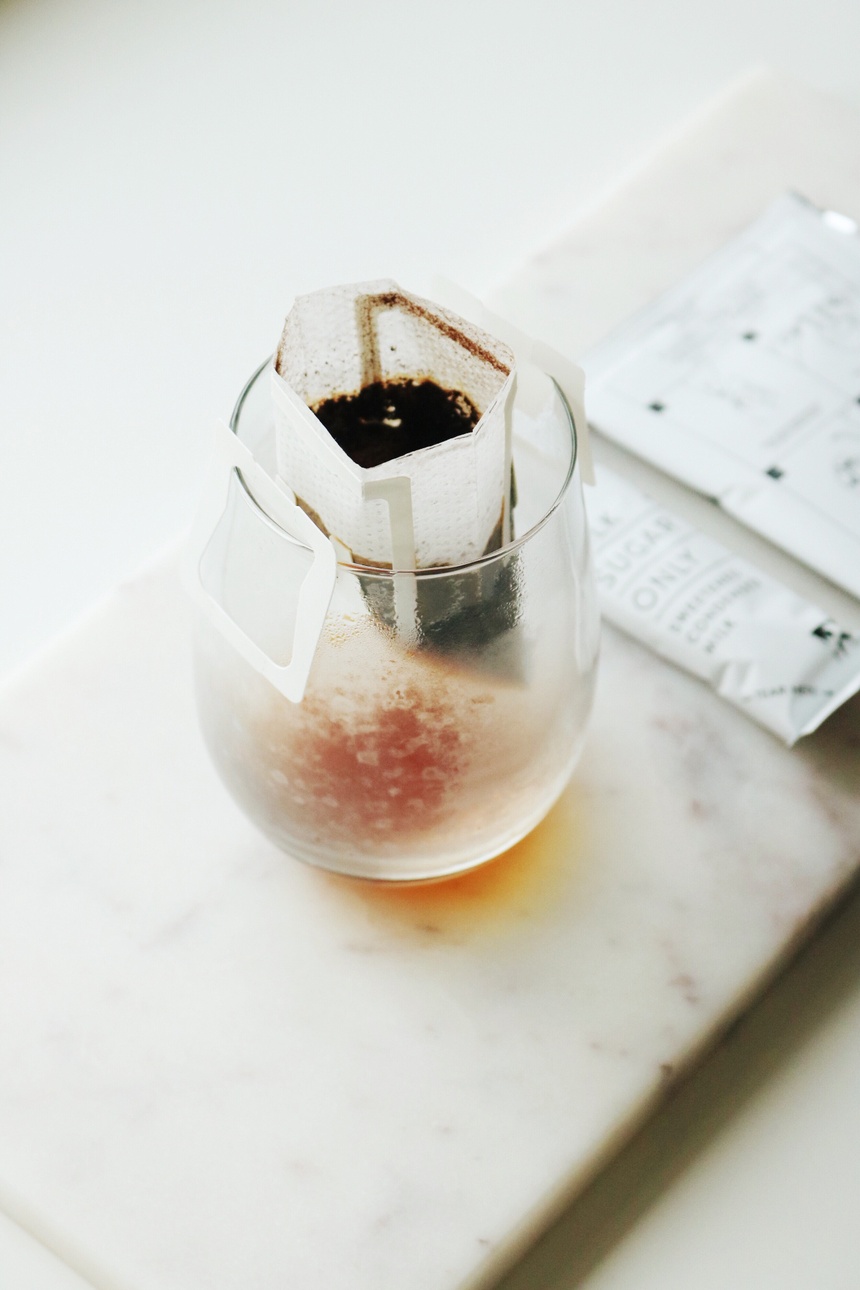
Tea
The tannins in tea can help remove grease and naturally shine surfaces. Before discarding used tea bags, brew a weak batch of tea, pour it into a spray bottle, and use it to remove dirt and fingerprints from glass surfaces. You can spray the solution on mirrors, windows, glass tabletops, and eyeglasses, then wipe them with a lint-free cloth to restore their shine. Mopping hardwood floors with stronger black tea will also leave them sparkling. In fact, tea can also be used to remove stains in the toilet bowl.
Similar to baking soda, tea also has the ability to absorb odors. You can squeeze out used tea bags, let them dry, and place them in a dish behind the refrigerator to eliminate odors.
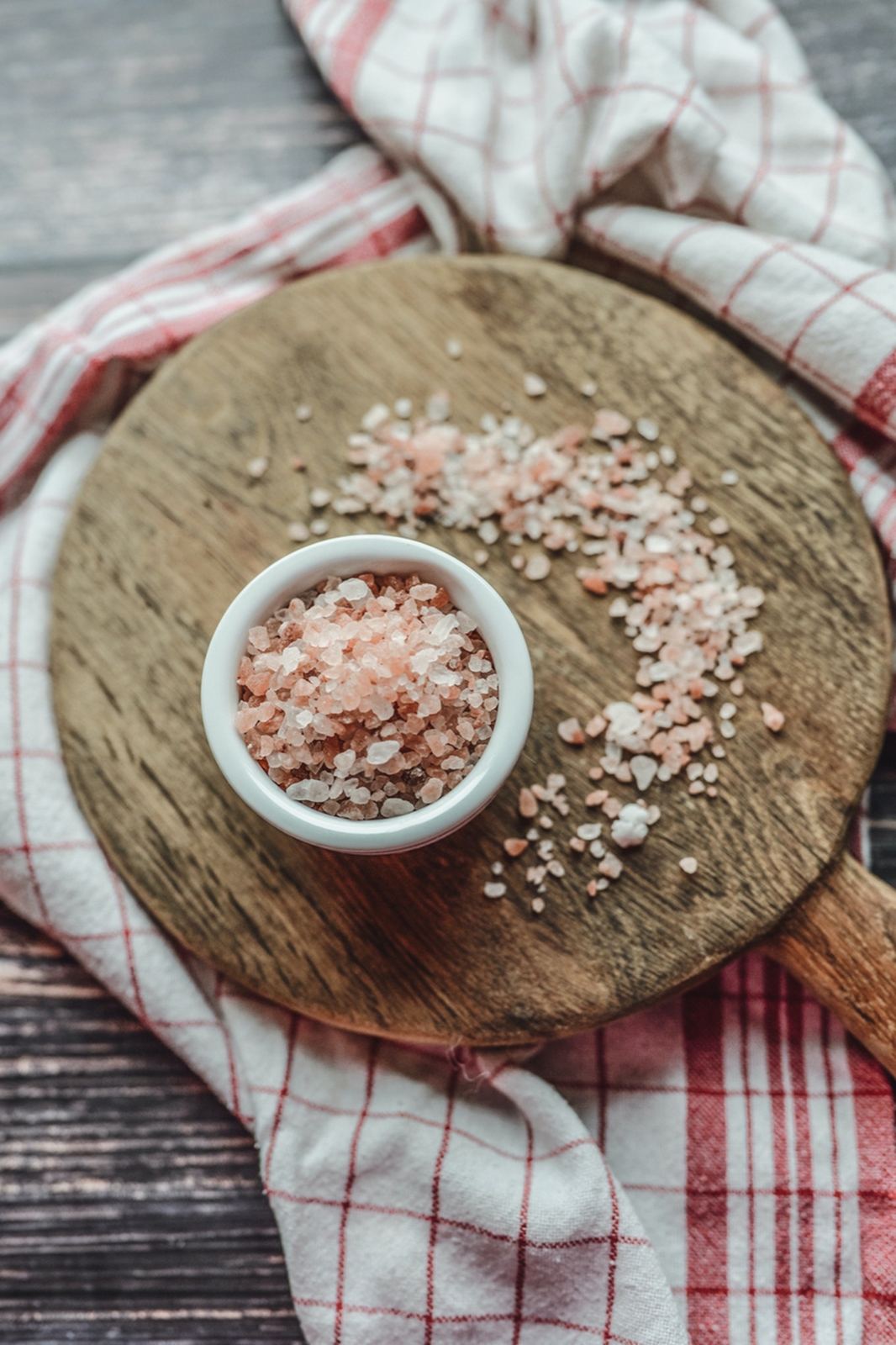
Salt
Kosher salt is a powerful cleaning agent that can remove rust and residual food on cast iron pans. Pour half a cup of salt onto the pan and use a sponge or paper towel to remove the stains, then rinse and dry. For grills, sprinkle salt on the greasy or burnt areas and clean them with a damp cloth. Salt is also very useful for cleaning cutting boards as it can get into cracks and cuts on the surface. After sprinkling salt on the cutting board, use half a lemon to evenly spread the lemon-salt mixture. To clean a garbage disposal, you can pour 1/4 cup of salt, a handful of ice cubes, a little dish soap, and enough water and let the disposal run for a few minutes. The salt will help remove built-up residue on the blades. A mixture of ice, salt, and dish soap can also remove stubborn stains in coffee carafes.
According to Zing
Bread is highly absorbent and can be used to soak up spills on countertops. It can absorb oils, sauces, alcohols, and most liquids. To remove stains on walls, cabinets, and frames, roll a slice of bread into a ball and rub it on the stain gently to avoid leaving crumbs.
White rice is an excellent natural cleaner for coffee grinders. Before grinding fresh beans, pour some rice into the grinder to cover the blades. Turn it on for a minute, then discard the ground rice and wipe away any excess with a damp cloth. This method helps remove residual oils and coffee grounds, ensuring your grinder is clean and your coffee tastes fresh.
Mayonnaise can effectively remove water stains and marks on wooden surfaces. Apply a layer of mayonnaise to the stain and let it sit overnight. In the morning, wipe it off with a dry cloth. For tougher stains, place a cloth over the area and use a hot iron with the steam feature turned on. Mayonnaise can also break down adhesive residue and remove sticky labels or chewing gum.
Tea contains tannins, which help remove grease and naturally shine surfaces. Brew a weak batch of tea and pour it into a spray bottle. Use this solution to clean glass surfaces, mirrors, windows, and eyeglasses. Mopping hardwood floors with stronger black tea will also leave them sparkling. Tea can also be used to remove stains in the toilet bowl and absorb odors, similar to baking soda.
Kosher salt is a powerful cleaner that can remove rust and residual food from cast iron pans. Simply pour salt onto the pan and use a sponge or paper towel to scrub away the stains. Salt is also useful for cleaning grills, cutting boards, garbage disposals, and removing stubborn stains in coffee carafes. Its abrasive nature makes it ideal for tackling tough grease and food residue.


























